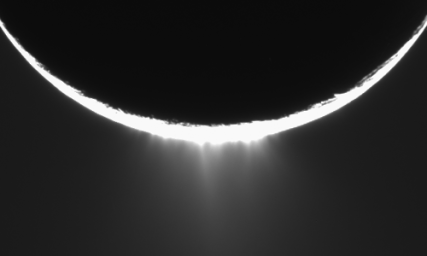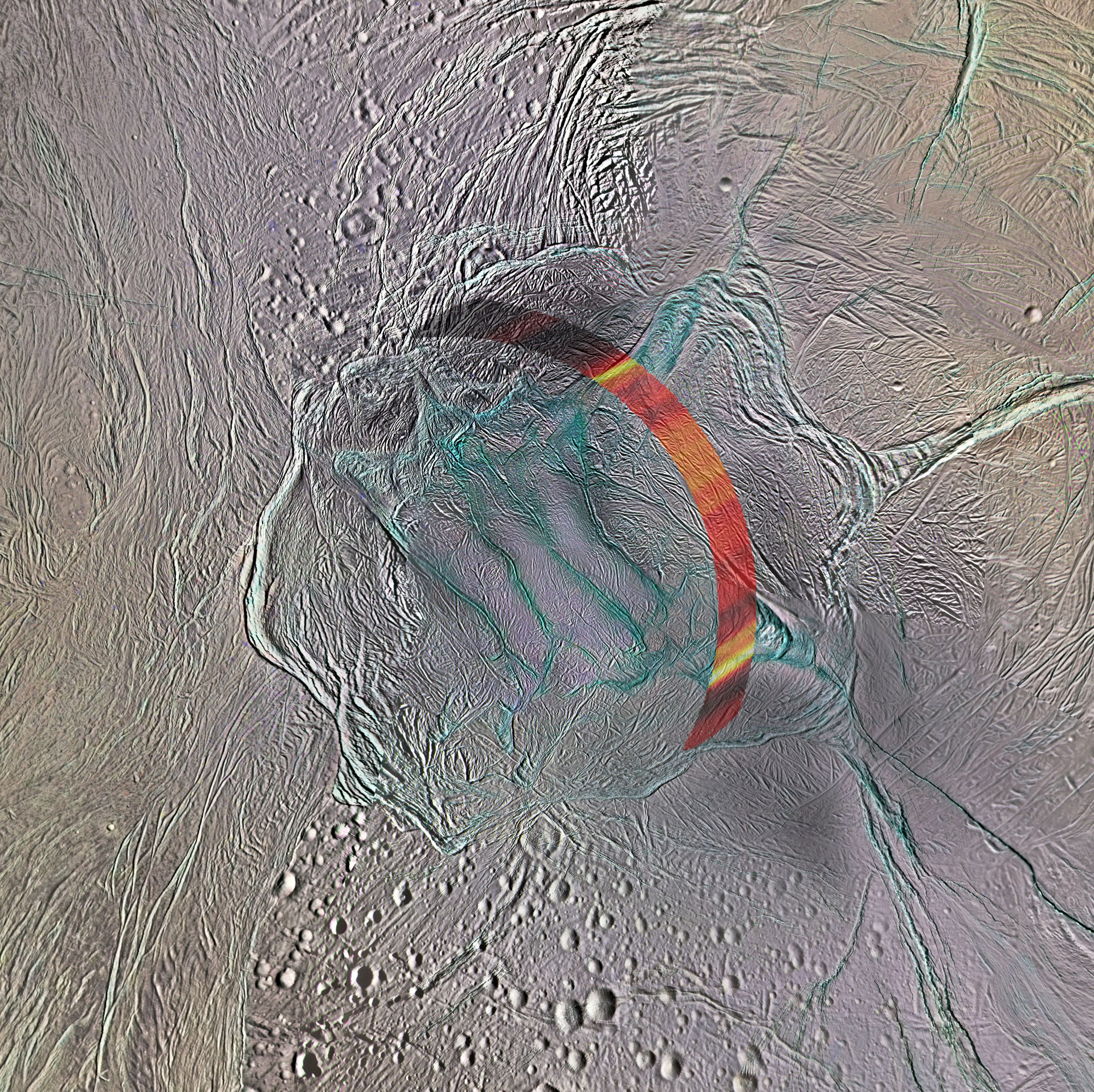

Ground-based spectroscopy of 1- to 2.5-µm-wavelength sunlight reflected from the surface of Enceladus and its neighboring moons showed the characteristic molecular vibration absorption bands of water ice, but the impurities that darkened the ice on the other moons appeared to be almost absent on Enceladus. The Voyager images also revealed that Enceladus reflects about 80% of the sunlight it intercepts and thus has the highest albedo of any known solar-system object.
#Enceladus tiger stripes tidal heating free#
Much of its surface was almost crater free instead, it was covered by tectonic fractures that evidently had formed relatively recently. The surfaces of most of the moons appeared ancient, dominated by impact craters formed early in the solar system’s history. Shortly thereafter the Voyager 1 and Voyager 2 spacecraft returned the first detailed images of Enceladus and the other major Saturnian moons. The peak in ring density at Enceladus pointed to that moon as the likely source. Sputtering by charged particles in Saturn’s magnetosphere would erode away such micron-sized particles on time scales of decades to hundreds of years, so something had to be replenishing the ring on comparable time scales. They also showed that unlike Saturn’s other rings, the E ring scattered sunlight more efficiently at shorter wavelengths, which indicated that the ring was dominated by particles not much larger than the wavelength of light. Those images revealed that the ring’s brightness peaked at the orbit of Enceladus. The first hint that something exceptional was happening there came in early 1980 when scientists using Earth-based telescopes acquired new images of a faint outer ring of Saturn-the E ring-which had been discovered in the 1960s. 1 For nearly 200 years it had been an undistinguished member of the Saturn system, one of five medium-sized satellites circling the planet between the outer edge of the main ring system and the orbit of Saturn’s giant moon Titan (see figure 1). Subjects: Earth and Planetary Astrophysics (astro-ph.EP) Fluid Dynamics (physics.flu-dyn)Ĭite as: arXiv:2208.06714 (or arXiv:2208.Enceladus, discovered in 1789 by William Herschel, has intrigued astronomers since the 1980s. VasilĬomments: 10 pages, 3 figures, 1 supplement (11 pages, 3 figures) This shear heating mechanism for geyser formation applies to Enceladus and other moons and has implications for our understanding of the geophysical processes and astrobiological potential of icy satellites.Ĭolin R.

The composition of the liquid brine within the mushy zone is, however, distinct from the ocean, due to partial melting. We find that there is sufficient brine volume within the mushy zone to sustain the geysers for ∼250 kyr, without additional melting, and that the rate of internal melting can match the observed ice ejection rate. We use a two-dimensional multiphase reactive transport model to simulate the thermomechanics of a mushy region generated by localized shear heating in a salty ice shell.įrom our model, we predict the temperature, porosity, melting rate, and liquid volume of an intrashell mushy zone surrounding a fracture. Here we explore an alternative mechanism in which shear heating within the shallower tiger stripe fractures produces partial melting in the ice shell, allowing the interstitial fluid to be ejected as geysers. Sourcing the plumes via a direct connection from the ocean to the surface requires a fracture through the entire ice shell (∼10 km).

Enceladus is a primary target for astrobiology due to the salty plume ejecta measured by the Cassini spacecraft and the inferred subsurface ocean sustained by tidal heating.


 0 kommentar(er)
0 kommentar(er)
